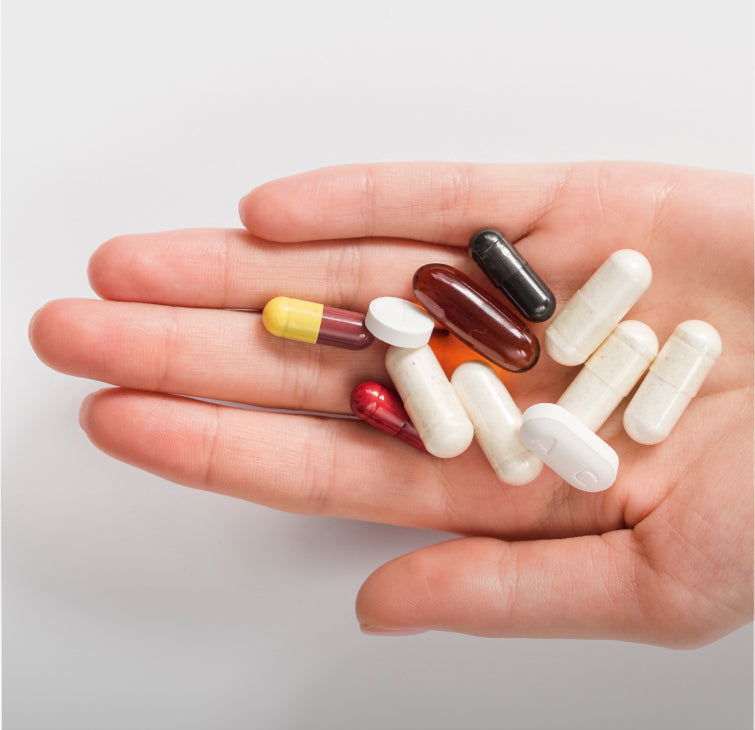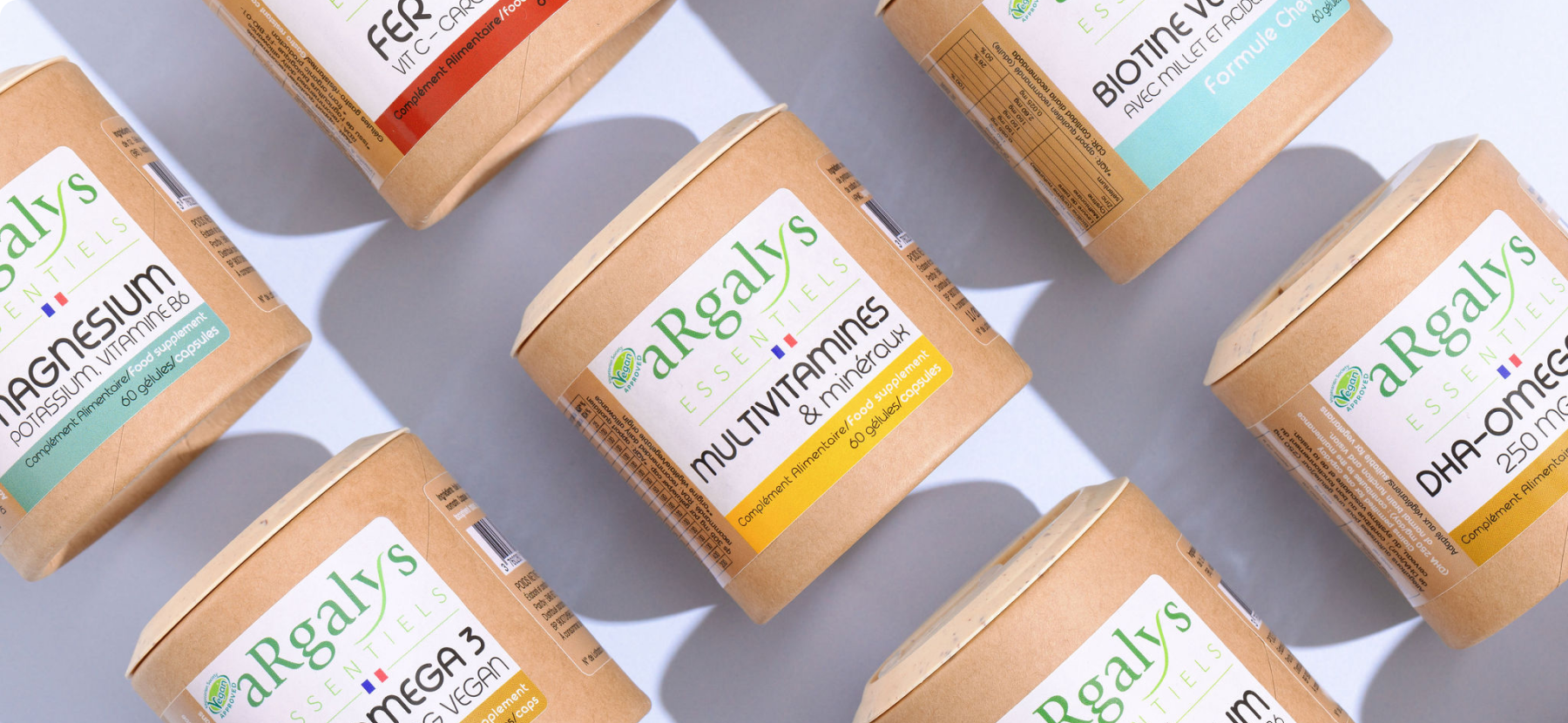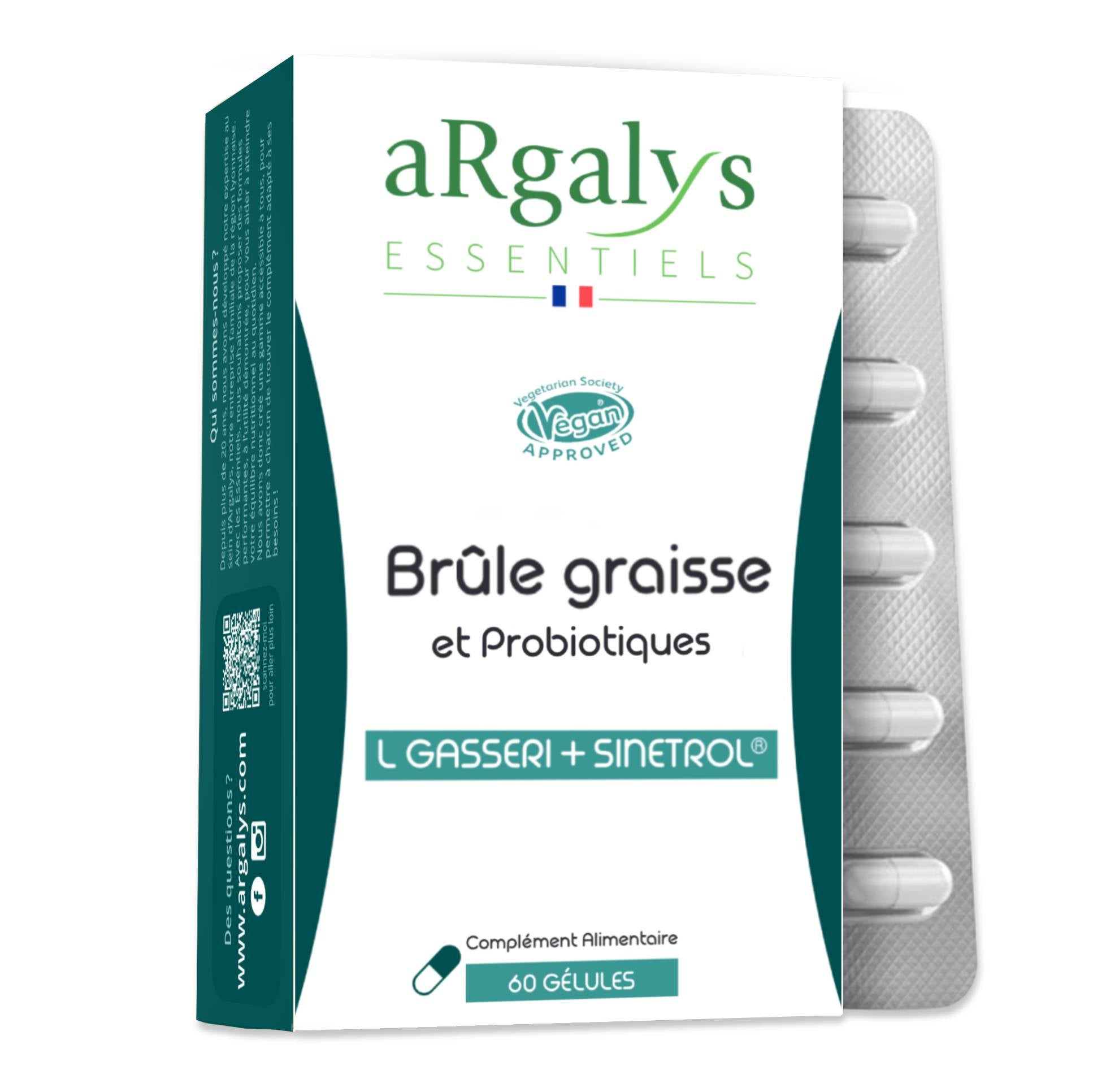I. Obesity in the world
Obesity is one of the major public health issues worldwide today. Its prevalence continues to increase: 2.6 billion people, or 38% of the world's population, are currently overweight or obese. According to projections by the World Obesity Federation, this proportion could reach more than 50% by 2035, which would represent nearly 4 billion individuals [1].
In France, the most recent data from the Obepi-Roche 2020 study indicate that 47% of adults are overweight or obese [2]. This trend affects all age groups, with a worrying trend among the youngest.
According to the World Health Organization (WHO) definition, overweight and obesity correspond to an abnormal or excessive accumulation of body fat, which can be harmful to health. The most widely used indicator is the Body Mass Index (BMI), calculated by dividing weight (kg) by height squared (m²). A BMI between 18.5 and 24.9 is considered normal; between 25 and 29.9, we speak of overweight; above 30, obesity.
However, BMI remains a limited epidemiological tool: it does not distinguish between fat mass and lean mass, nor the distribution of adipose tissue. However, the location of fat (particularly visceral) is a determining factor in metabolic risk.
Obesity is associated with numerous chronic complications. It is a key factor in type 2 diabetes, due to insulin resistance, where insulin is no longer able to effectively regulate blood sugar levels. It also increases the risk of dyslipidemia, high blood pressure, atherosclerosis (via chronic low-grade inflammation), non-alcoholic fatty liver disease (or "fatty liver"), as well as respiratory diseases such as sleep apnea, and osteoarticular disorders linked to excess weight.
Faced with these risks, even moderate weight loss, of the order of 5 to 10% of body weight, is often sufficient to significantly improve several metabolic, cardiovascular, respiratory and musculoskeletal markers [3].
II. The false promises of the regimes
A large number of French people watch their weight: according to an Ipsos survey, 63% say they do so. This figure remains high regardless of gender, age or body type: 57% of men, 67% of women, 58% of those under 35 and 64% of those over 35, as well as 68% of overweight people and 63% of individuals of normal body type [4].
This concern about weight is reflected in the attitude towards diets: 44% of French people have already followed a weight-loss diet, and 26% have followed several, with an average of four successive diets among those concerned. But these approaches prove ineffective in the long term in the majority of cases.
Studies show that after a diet, 80% of individuals regain the lost weight within the following year, and 95% within five years [5]. This weight regain, sometimes beyond the initial weight, reflects a physiological rebound effect, but also a psychological one: frustration, loss of motivation, disordered eating behavior.
These data highlight the failure of approaches based solely on occasional caloric restriction, without lasting changes in lifestyle habits or taking into account the body's metabolic adaptations.
III. Mobilizing stored fat: role of white, brown and beige adipocytes
Weight loss primarily aims to reduce fat reserves, i.e., the triglycerides stored in white adipocytes. These cells, specialized in energy storage, can represent up to 25% of body weight. They are mainly located under the skin (subcutaneous fat), around the viscera (abdominal fat), but also in the thighs, buttocks, and hips.
At the same time, the body contains brown adipose tissue, which is metabolically very active. Composed of mitochondria-rich adipocytes, it is capable of converting lipids into heat via a protein called UCP1 (UnCoupling Protein 1), present in the mitochondrial membrane. This non-shivering thermogenesis is essential in newborns, in whom brown tissue represents up to 5% of body weight. In adulthood, it persists in small quantities, particularly in the neck and shoulders.
Between these two extremes exists a hybrid form: beige adipose tissue, composed of adipocytes called "brite" (brown in white). These cells, located in white adipose tissue, can acquire brown cell characteristics under certain stimuli (cold, physical activity, moderate stress). They also possess mitochondria and express UCP1, which is involved in energy expenditure.
This plasticity of adipose tissue is now well documented: studies have shown that when mice are exposed to cold, beige adipocytes appear, then disappear at room temperature, while retaining an epigenetic memory. In the event of further exposure to cold, 75% of them become active again, demonstrating a significant adaptive capacity [12].
IV. How does Sinetrol® affect fat metabolism?
Sinetrol® is a patented extract derived from citrus polyphenols (including grapefruit, blood orange, and sweet orange), rich in bioactive flavonoids. It has been the subject of several studies aimed at understanding its metabolic mode of action, particularly on adipose tissue.
At the cellular level, Sinetrol® inhibits the enzyme phosphodiesterase (PDE), which is responsible for the breakdown of cAMP (cyclic adenosine monophosphate). By blocking this enzyme, Sinetrol® increases intracellular cAMP levels, which activates the protein kinase A (PKA) pathway and stimulates lipolysis: triglycerides stored in adipocytes are then broken down into free fatty acids and glycerol [13][14][15].
But its action doesn't stop there. By increasing cAMP, Sinetrol® also stimulates the expression of UCP1 in beige adipocytes, promoting their thermogenic activation. Thus, instead of being reused for the synthesis of new lipids, the released fatty acids are oxidized in the mitochondria to produce heat, increasing resting metabolism.
Sinetrol® therefore acts on two fundamental axes:
- Mobilization of stored fat (lipolysis)
- Transformation of white adipose tissue into active beige tissue (beiging)
V. Results of clinical studies of Sinetrol®
These mechanisms of action have been confirmed by several high-quality clinical studies. A first randomized, double-blind study was conducted on 77 overweight people aged 29 to 52 years. For 16 weeks, participants received either 900 mg of Sinetrol® Xpur per day (equivalent to 630 mg of Xpur C) or a placebo. All participants received dietary support without calorie restriction [16].
At the end of the study, the Sinetrol® group showed an average increase of181 kcal/dayof their resting metabolism, compared to no change in the placebo group. This increase in energy expenditure was accompanied by aaverage loss of 1.8 kg of fat mass, either5% of initial fat mass, of which1.1 kg located at the abdominal levelAt the same time, a slight increase in muscle mass (+0.5 kg) was observed, as well as a reduction in waist circumference (-1.1 cm) and hip circumference (-1.2 cm).
What makes this study particularly interesting is thepost-intervention follow-up: four weeks after stopping supplementation, participants who received Sinetrol® continued to lose fat mass (-0.7 kg extra), suggesting apersistence of metabolic effectswithout rebound effect.
These results were corroborated by aindependent Korean study, conducted on 86 overweight subjects for 12 weeks, with 900 mg of Sinetrol® Xpur per day and a moderately low-calorie diet (-500 kcal/day). The Sinetrol® group lost an average of1.3 kg of fat mass, against0.5 kgfor the group
placebo [17].
In total,five clinical studies, bringing together more than900 participants, confirmed the positive impact of Sinetrol® on thereduction of fat mass, waist and hip circumference, without alteration of hepatic, renal or cardiovascular biological parameters, thus confirming itstoleranceand hissafety[18][19][20].
VI. Complementarity of Probiotic strains: Lactobacillus gasseri, L. rhamnosus and Coconut fiber
The intestinal microbiota is a strategic lever in weight regulation: these effects are currently being extensively studied. Certain probiotic strains have demonstrated specific effects on body composition, notably by influencing fat storage, intestinal permeability, low-grade inflammation, and polyphenol metabolism.
Lactobacillus Gasseri SBT2055 has been the subject of several clinical trials. One study in overweight adults showed that supplementation for 12 weeks resulted in significant reductions in abdominal fat, body weight, waist circumference, and hip circumference, without changes in diet [21]. Other work suggests that this strain alters the size of lipid emulsions in the digestive tract, increasing fecal fat excretion [22].
The Lactobacillus Rhamnosus strain plays a complementary role, notably by hydrolyzing certain citrus flavonoids, via its rhamnosidase activity, which improves the bioavailability of active polyphenols such as those present in Sinetrol® [23][24].
The addition of coconut fiber, rich in fermentable polysaccharides and insoluble fiber, stimulates the growth of beneficial strains and promotes better regulation of transit, satiety and the intestinal metabolic environment.
VII. Bibliography
1. World Obesity Federation. World Obesity Atlas 2023.
2. Obepi-Roche 2020. National epidemiological survey on overweight and obesity.
3. Hruby A, Manson JE, Qi L, et al. Determinants and Consequences of Obesity. Am J Public Health. 2016;106(9):1656–1662. doi:10.2105/AJPH.2016.303326
4. IPSOS. The French and Diets. Metabolic Profile, January 2015.
5. ANSES. Assessment of risks associated with weight-loss dietary practices. Report, November 2010.
6. Greenway FL. Physiological adaptations to weight loss and factors favoring weight regain. Int J Obes (Lond). 2015;39(8):1188–1196. doi:10.1038/ijo.2015.59
7. Rosenwald M, Perdikari A, Rülicke T, Wolfrum C. Bi-directional interconversion of brite and white adipocytes. Nat Cell Biol. 2013;15(6):659–667. doi:10.1038/ncb2740
8. Cases J et al. Sinetrol Xpur: Effect on lipolysis – ex vivo study on 3D mature human adipocytes. Data on file.
9. Yoo JM et al. Effects of Sinetrol-XPur on leptin-deficient obese mice and activation of cAMP-dependent UCP-2. J Korean Soc Food Sci Nutr.
10. Lee M, Kwon HO, Choi SG, Bae MH, Kim OK. The effects of Sinetrol-XPur on lipolysis of leptin-deficient obese mice. J Korean Soc Food Sci Nutr.
11. Chung LH, Ruiz JMM, Arias JAR, Cascales EM, Martínez-Rodriguez A. Double-blind, randomized, placebo-controlled study to evaluate the benefit of a polyphenolic-rich fruit and seed extract in managing body fat loss and improving body composition in overweight and obese subjects.
12. Park SJ, Sharma A, Bae MH, et al. Efficacy and Safety of Sinetrol-XPur on Weight and Body Fat Reduction in Overweight or Obese Adults: A 12-Week, Randomized, Double-Blind, Parallel, Placebo-Controlled Trial. J Med Food. 2020;23(3):335–342. doi:10.1089/jmf.2019.4649
13. Dallas C, Gerbi A, Elbez Y, Caillard P, Zamaria N, Cloarec M. Clinical study to assess the efficacy and safety of a citrus polyphenolic extract of red orange, grapefruit, and orange (Sinetrol-XPur) on weight management and metabolic parameters in healthy overweight individuals. Phytother Res. 2014;28(2):212–218. doi:10.1002/ptr.4981
14. Cases J, Romain C, Dallas C, Gerbi A, Rouanet JM. A 12-week randomized double-blind parallel pilot trial of Sinetrol XPur on body weight, abdominal fat, waist circumference, and muscle metabolism in overweight men. Int J Food Sci Nutr. 2015;66(4):471–477. doi:10.3109/09637486.2015.1042847
15. Dallas C, Gerbi A, Tenca G, Juchaux F, Bernard FX. Lipolytic effect of a polyphenolic citrus dry extract (Sinetrol) in human body fat adipocytes: Mechanism of action by inhibition of cAMP-phosphodiesterase (PDE). Phytomedicine. 2008;15(10):783–792. doi:10.1016/j.phymed.2008.05.006
16. Kadooka Y, et al. Regulation of abdominal adiposity by probiotics (Lactobacillus gasseri SBT2055) in adults with obese tendencies: a randomized controlled trial. Eur J Clin Nutr. 2010;64(6):636–643. doi:10.1038/ejcn.2010.19
17. Ito M, et al. Lactobacillus gasseri SBT2055 suppresses fatty acid release through enlargement of fat emulsion size in vitro and promotes fecal fat excretion in healthy Japanese subjects. Lipids Health Dis. 2011;10:41. doi:10.1186/1476-511X-10-41
18. Pereira-Caro G, et al. Catabolism of citrus flavanones by Bifidobacterium longum and Lactobacillus rhamnosus. Eur J Nutr. 2018;57(1):231–242. doi:10.1007/s00394-016-1314-z
19. Mueller M, et al. Rhamnosidase activity of selected probiotics and their ability to hydrolyze flavonoid rhamnoglucosides. Bioprocess Biosyst Eng. 2018;41(2):221–228. doi:10.1007/s00449-017-1851-0
20. Ooi LG, Liong MT. Effects of probiotics and prebiotics on cholesterol levels: a review of in vivo and in vitro studies. Int J Mol Sci. 2010;11(6):2499–2522. doi:10.3390/ijms11062499
21. Pereira-Caro G, et al. Chronic administration of a microencapsulated probiotic improves flavanone bioavailability from orange juice in humans. Free Radic Biol Med. 2015;84:206–214. doi:10.1016/j.freeradbiomed.2015.03.022
22. Avila M, et al. Physiological and biochemical characterization of two α-L-rhamnosidases from Lactobacillus plantarum NCC245. Microbiology. 2009;155(Pt 9):2739–2749. doi:10.1099/mic.0.027557-0
23. Beekwilder J, et al. Characterization of rhamnosidases from Lactobacillus plantarum and Lactobacillus acidophilus. Appl Environ Microbiol. 2009;75(11):3447–3454. doi:10.1128/AEM.02494-08
24. Pereira-Caro G, et al. Colonic catabolism of (poly)phenols from orange juice: a study using an in vitro model. Mol Nutr Food Res. 2015;59(3):465–475. doi:10.1002/mnfr.201400686








 04 74 03 98 80
04 74 03 98 80


















